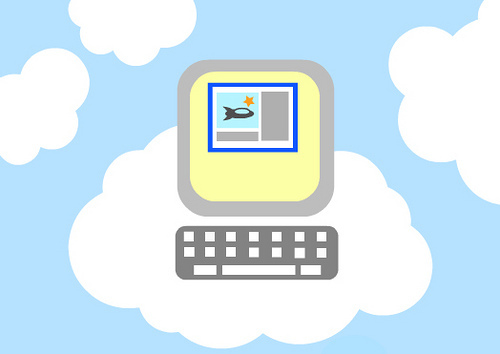Over the past few years, the term “cloud computing” has become a catch-all phrase referring to the use of real time, Internet-based services to support business processes. More specifically, cloud computing can refer to software as a service, such as Salesforce.com for Customer Relationship Management (CRM); to file storage, synchronization, backup services, such as Dropbox.com; and to infrastructure as a service, as in Amazon Web Services, GoGrid, and Flexiscale.
Commercial cloud computing services usually take one of the following three forms:
- Platform as a Service (or PaaS): PaaS delivers a development platform, hosted by the vendor, enabling the development and deployment of websites and services through the Internet.
- Software as a Service (or SaaS): SaaS, which is also known as “software on demand,” constitutes today’s most widespread commercial use of cloud computing. SaaS enables customers to access software via the Internet rather than locally downloading and running it.
- Infrastructure as a Service (or IaaS): IaaS provides the client with infrastructure equipment as an on-demand service. Infrastructure can include servers and storage, all of which is hosted by the vendor’s premisis. This form of cloud computing is both more complex and more flexible than the previous two options because it allows clients to build their own platform and services according to their specific needs.
Cloud computing offers commercial users several significant advantages, one of which being the ability to quickly update web resources while at the same time utilizing automated back-up capabilities. It also enables speed and agility, which are primary business needs. But there are drawbacks too, such as the real risk of security breaches and possible downtime.

